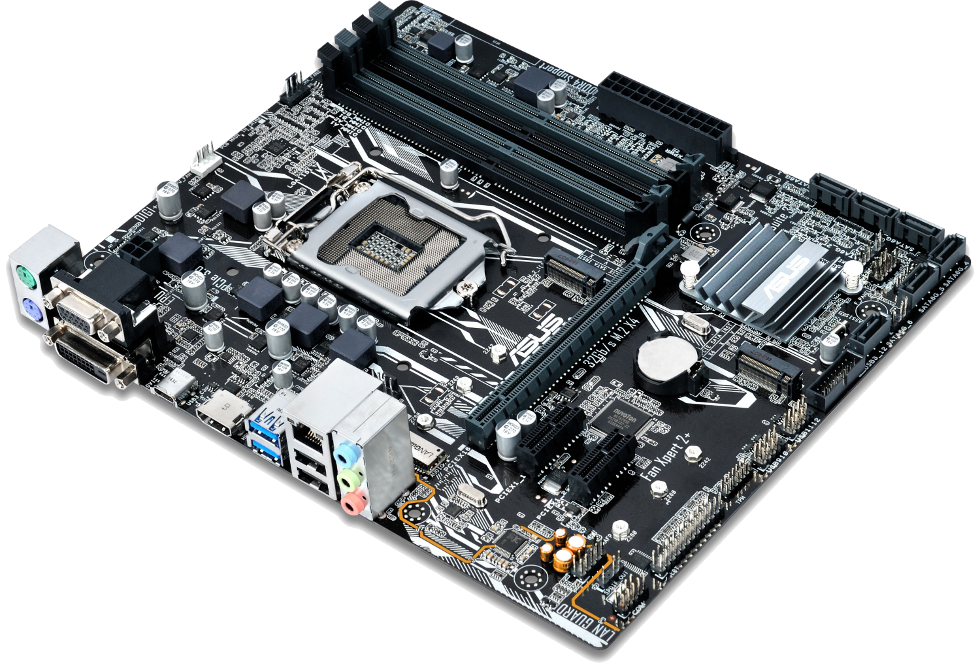OZEKI 10 Hardware Options
You can read about the most basic and recommended hardware setups for Ozeki 10, including a few hardware peripherials that can connect to the server machine. As controversy the Ozeki 10 client has almost no hardware requirement. You can use a computer, desktop or any smart device capable to run a webbrowser and this includes most of the devices.
Ozeki 10 hardware Options
Memory / RAM
Minimum: 2 GB, Recommended: 4 GB
The memory depends on what will you use Ozeki 10 for. 4 GB RAM is highly suggested for full functionality with
camera connections, but for the basics 2 GB is enough on Windows and 1 GB should be enough on Linux.
Install the 14 day Ozeki trial, to see if your RAM is enough for your idea.
Memory / Swap
Swap memory is basicly the virtual memory stored on your hard drive. The amount of virtual memory is automatically adjusted by your operating system. Virtual memory is not required if you have enough RAM, but in the other case a few GigaBytes of free hard drive space is recommended.
CPU speed
The recommended CPU speed is 2 GHz.
CPU cores
Minimum requirement: i3 CPU with 2 Cores and 4 Threads
The safety and reliability of Ozeki 10 can be granted by
CPU's with multiple threads.
These processors ensure transferring messages parallely
between your connections. The message content can be text, video, image or audio.
Disk space for system
500 MB is required to install Ozeki 10. No more is required if you do not store extra media content coming from the connections.
Disk space for data & config
Recommended: 5 GB
This is where the files generated by Ozeki 10 are stored. Starting from the configuration,
up to storing your camera and audio recordings or your image files. You can upload e-mail attachments,
take pictures, record camera streams or your baby's first words. Store everything with Ozeki 10.
Disk types: SSD, HDD, SD card
If you would like to save or move large amount of data with Ozeki 10, try to use an SSD. Although you can create a backup for your data on a HDD. Keep in mind that SD cards are suggested only for Raspberry Pi-s or Asus Tinker Board-s. In these cases SD cards are the only option.
Ethernet / Wifi
It is highly suggested to have an Ethernet or Wifi connection to use the most important functions of Ozeki 10. Some functions, like the remote access by browser clients will not work without network connection.
Local Audio
Ozeki 10 can see all audio adapters detected by your OS. Starting from the audio chip of your motherboard, up to a PCI sound cards or an USB audio adapter, which can be used to improve your laptop. Buying an audio adapter can create a better sound quality for your headset or speakers.
Video
The same video adapter used on your OS will be used by Ozeki 10. Keep in mind to install the graphics driver for your operating system. This is a necessary step for both Windows or Linux. If you can run a webbrowser, you have passed the minimum video requirements.
GPIO
These are digital I/O pins on a Raspberry Pi or an Asus Tinker Board. They will only appear on the connection list if installing Ozeki 10 on a Raspbian or Asus TinkerOS. Use these digital pins to interract with devices.
USB
All PC-s, laptops, tablets or even smartphones have USB connections, so you can plug in devices and connect them with Ozeki 10. Keep in mind that the software should be installed on the same machine with the USB ports you intend to use. Try it with an Arduino board or an USB camera.
Serial port
In computing, a serial port is a serial communication interface through which information transfers in or out one bit at a time. The OS detects them as COM ports. UART and RS232 protocols are used for serial communication. COM ports are detected after plugging in USB devices. Check the list of serial ports in Ozeki 10's Control Panel or in your OS.
USB camera support
It is not mandatory, but supported by Ozeki 10. If you connect multiple cameras you can create a splitview independently of the camera types. Keep in mind that only those USB cameras can be recognised that are directly connected to your Ozeki server through USB ports.
IP camera support
You can remotely reach them by knowing the IP address and login credentials for the RTSP camera or the IP address of the MJPEG stream. You will need internet acces to reach these cameras. Ozeki 10 can create an MJPEG stream from all the cameras you have connected.
GPS
By installing Ozeki on your Android smartphone or tablet, it can detect it's GPS location. Keep in mind to set your smart device to show it's current position. You can set it in the options menu of each Android device. In case your Ozeki 10 server has no built-in GPS module, you can plug a USB GPS adapter to it, so you can easily use or share GPS data from any location.

